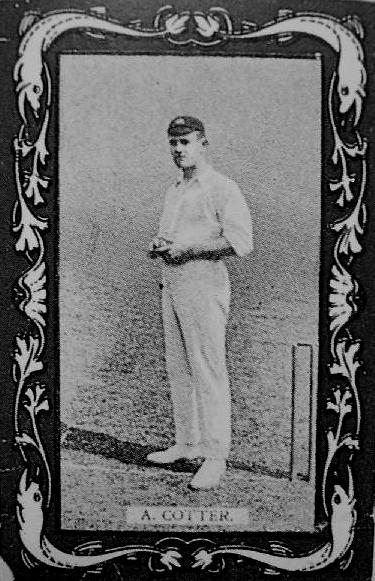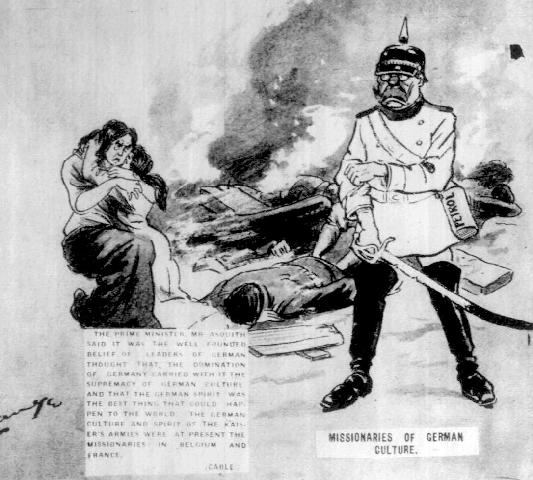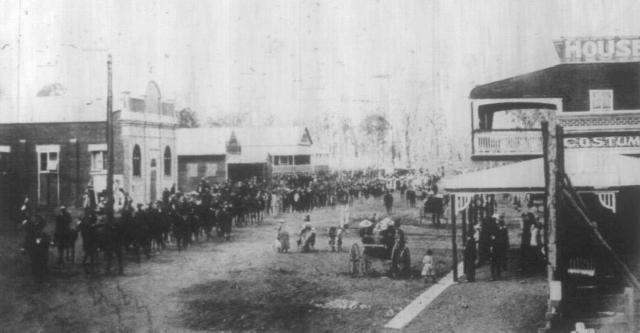Topic: AIF - Double Sqns
Double Squadrons.
Between 28 December 1915 and February 1917, there was an oversupply of men in the Light Horse Regiments. When flushed with such riches, these highly trained men were squandered on various other projects. This solved short term problems but sowed the seeds for an acute shortage of trained light horsemen towards 1918. No regiment was ever up to full war strength again with every precious replacement being fought over like water in the desert.
When there was a plethora of men in the Light Horse Training Regiments, those that did not go to the artillery or service corps but remained as potential Light Horse replacements were formed into active service units known as Double Squadrons charged with the purpose of guarding the Suez Canal. Each Double Squadron was named after the Brigade from whence it was drawn. So the 1st Double Squadron was drawn from the 1st Light Horse Brigade which comprised men from the 1st, 2nd and 3rd Light Horse Regiments. Similarly it was the same for the 2nd and 3rd Double Squadrons. These squadrons were formed in June 1916 although officially they were activated on 6 July 1916.
By November 1916 the threat to the Suez Canal had been removed and the purpose for the Double Squadrons no longer existed. The formations were broken up with most of the men from the Double Squadrons becoming the 4th Battalion of the Imperial Camel Corps on 2 November 1916. Here most remained until the Imperial Camel Corps was disbanded on 1 July 1918 and the men transferred to the newly formed 5th Light Horse Brigade.
Some from the 11th and 12th LHRs remained attached to the Double Squadrons until the formation of the 4th Light Horse Brigade in February 1917. With the new brigade, the last Double Squadron ceased to exist.
Further Reading:
Citation: Double Squadrons








